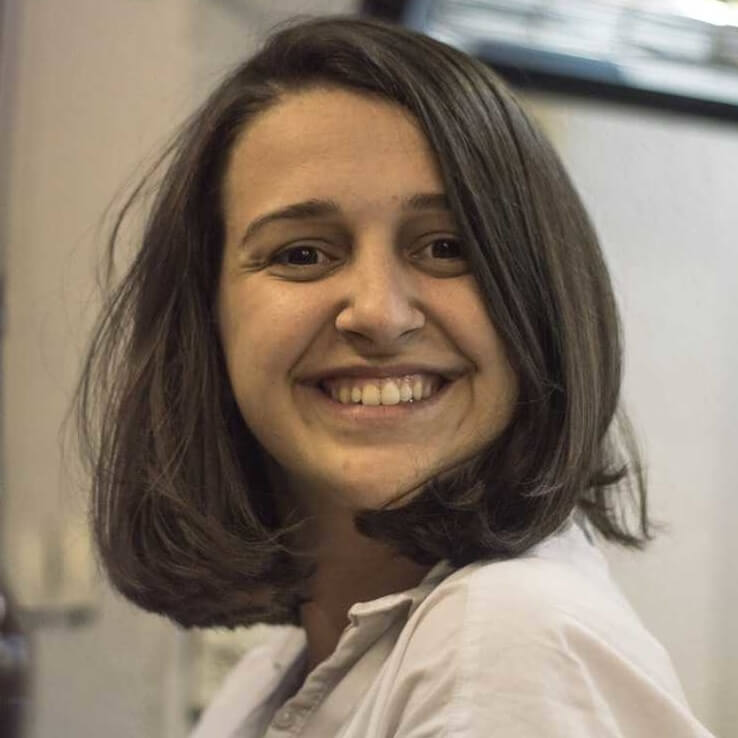Insightful Features
Workpuls Productivity Talks Ep 7 - Andre Filip
Andre Filip from ELA told us the secrets of running a successful ad agency, while keeping the team productive, efficient and engaged.

.png)
Trusted by 5,100+ teams • Rated #1 High Performer on G2 • Productivity gains up to 92+%
No credit card required

Top Rated Software Globally. Loved by Customers.

.jpg)
.jpg)
